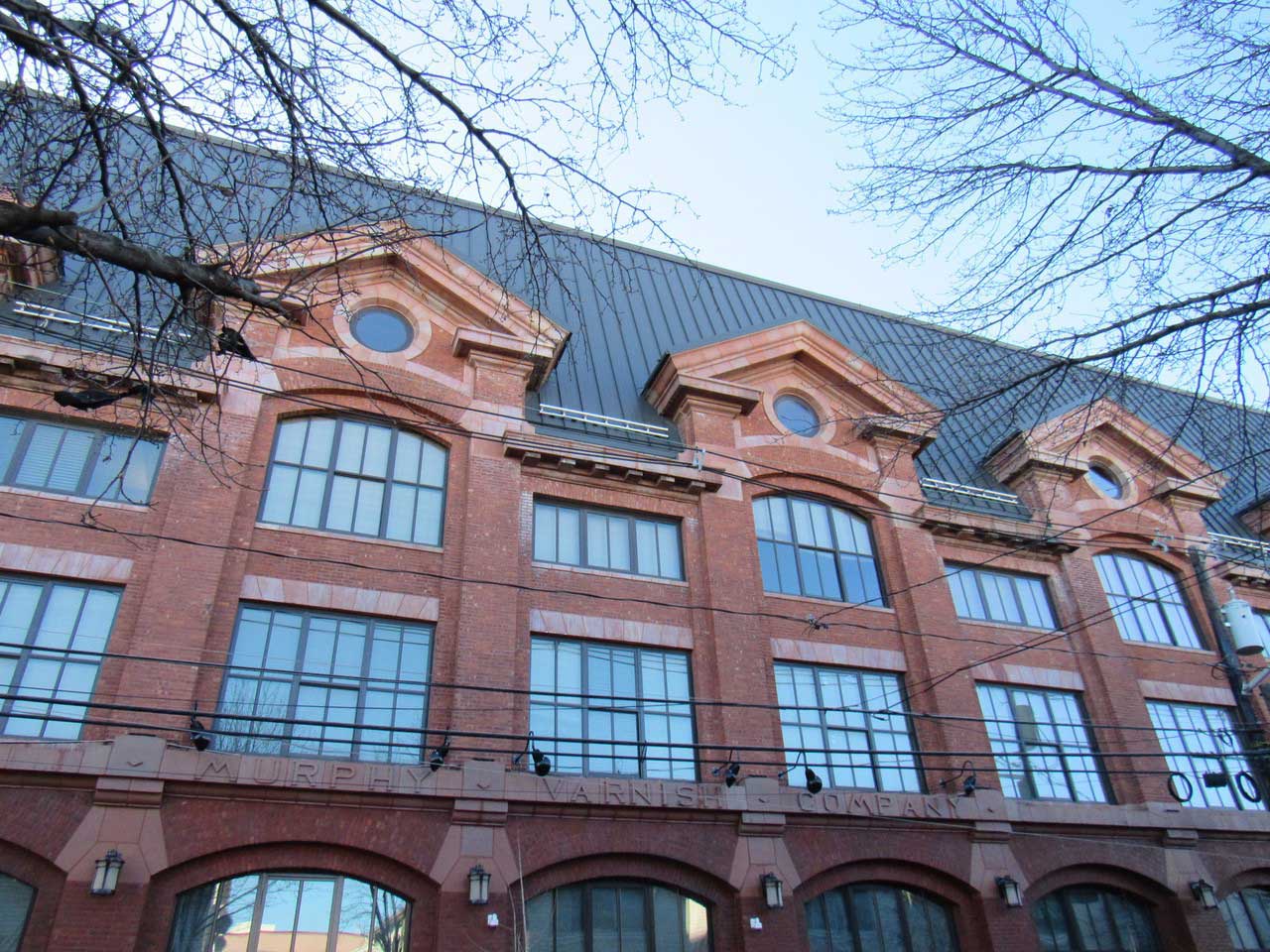
After sitting vacant for decades, a former industrial complex in the middle of Newark’s Ironbound neighborhood will soon be occupied once again, albeit in a completely different way.
The conversion of the remaining Murphy Varnish Company buildings in the East Ward into residential and retail space is nearing completion as part of the Murphy Varnish Lofts project. This city landmark, which is listed on the New Jersey and National Registers of Historic Places, was built in the mid-19th century and was once the largest factory of its kind in Newark.
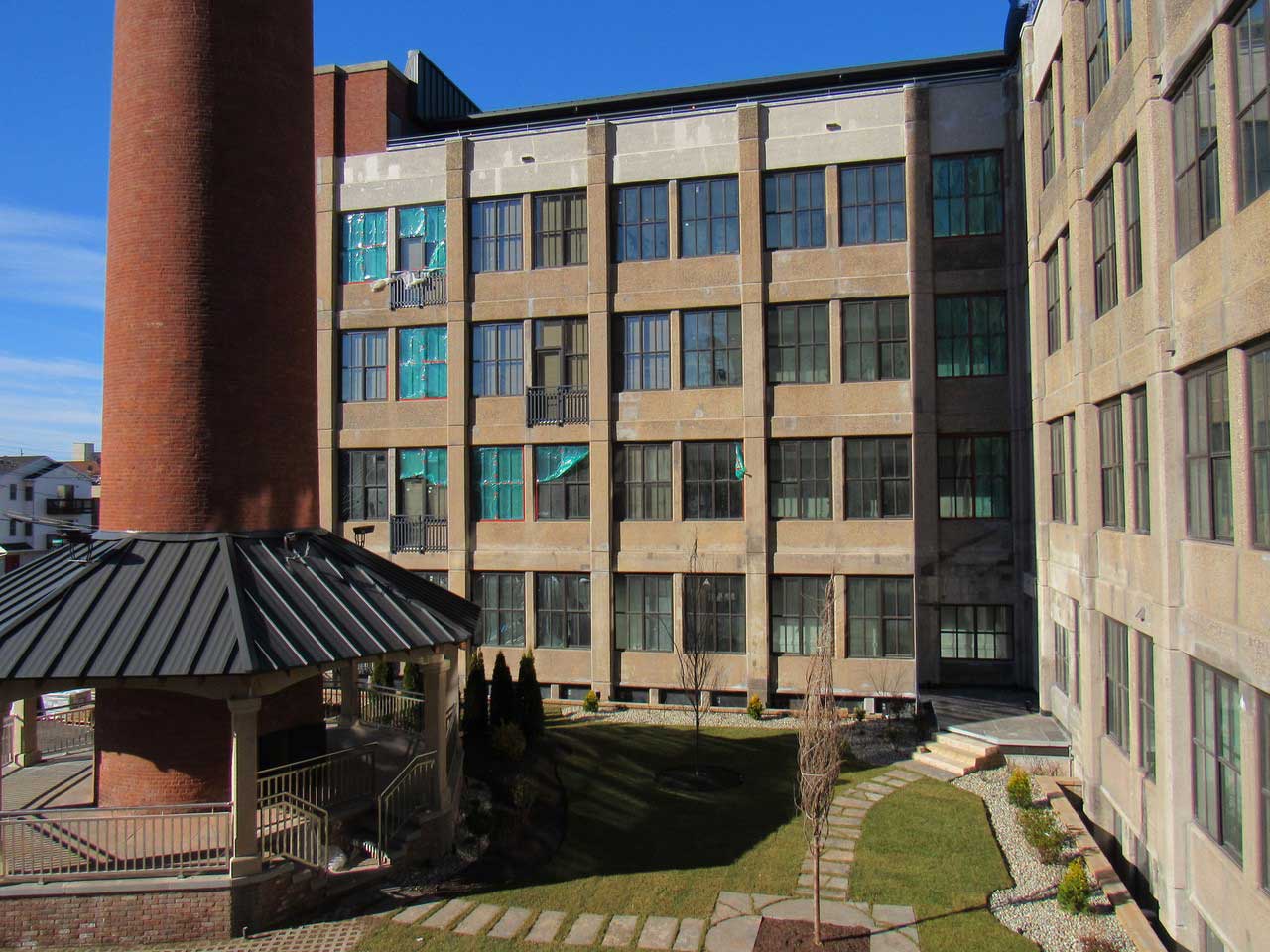
Founded by Franklin Murphy, who later became New Jersey’s 31st governor, the company closed in 1950. While the complex was briefly used as a storage facility for a chemical company, it subsequently sat empty, towering over the heart of this dense community. In 1992, The New York Times even reported that the building “looms like an abandoned Georgian country mansion over the industrial landscape.”
Now, the Murphy Varnish Company site is about to enter its next phase as work wraps up on the adaptive reuse project on the premises. Last month, Jersey Digs took an exclusive tour of the site at 225-239 McWhorter Street and 129-143 Chestnut Street, which will soon be home to 46 lofts. There will be a mixture of studios, one-bedroom, and two-bedroom units, according to John Brito of Keller Williams, the project’s real estate agent. Some of the units take up two stories and have views of the Lower Manhattan or Downtown Newark skylines.
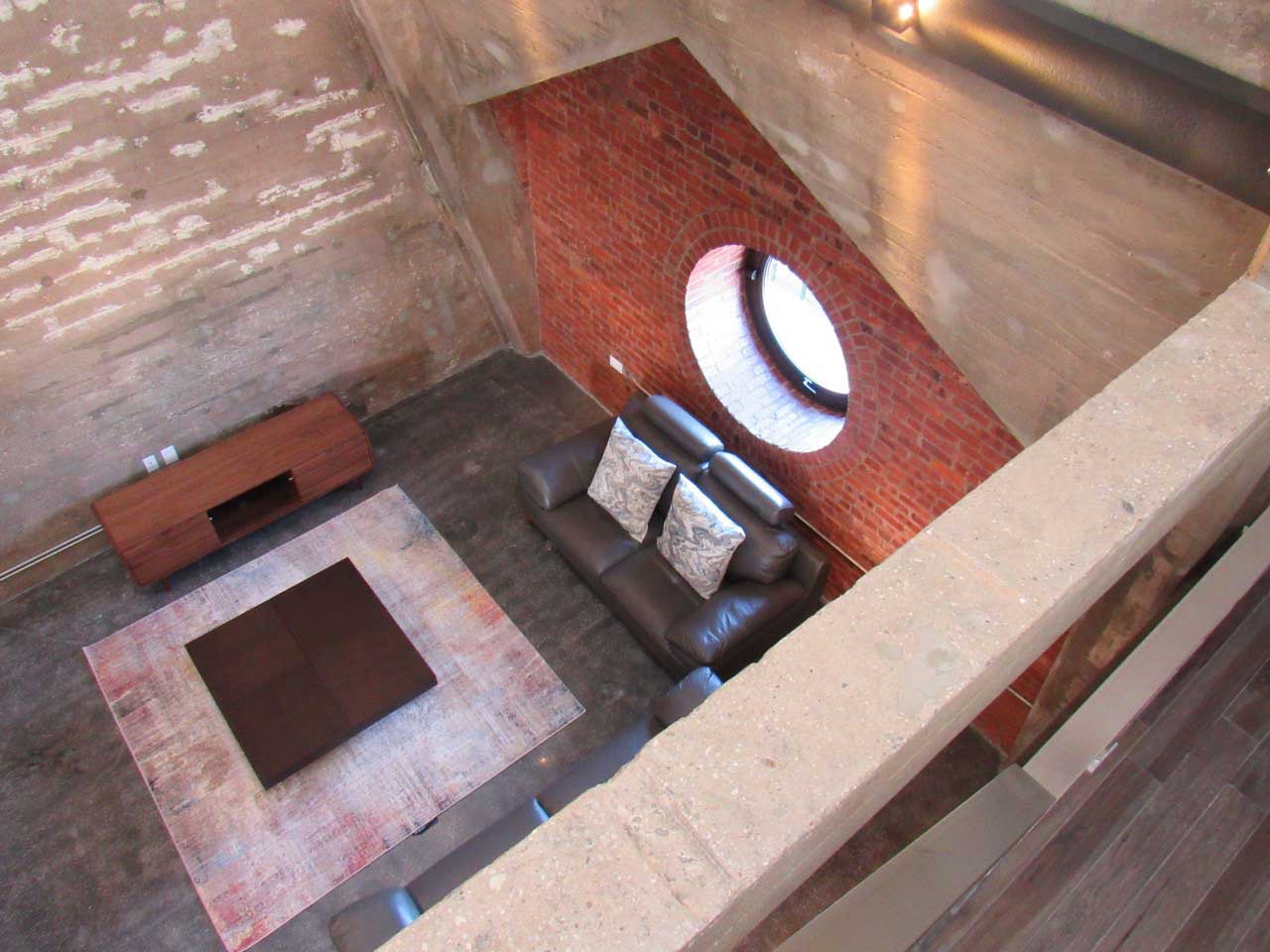
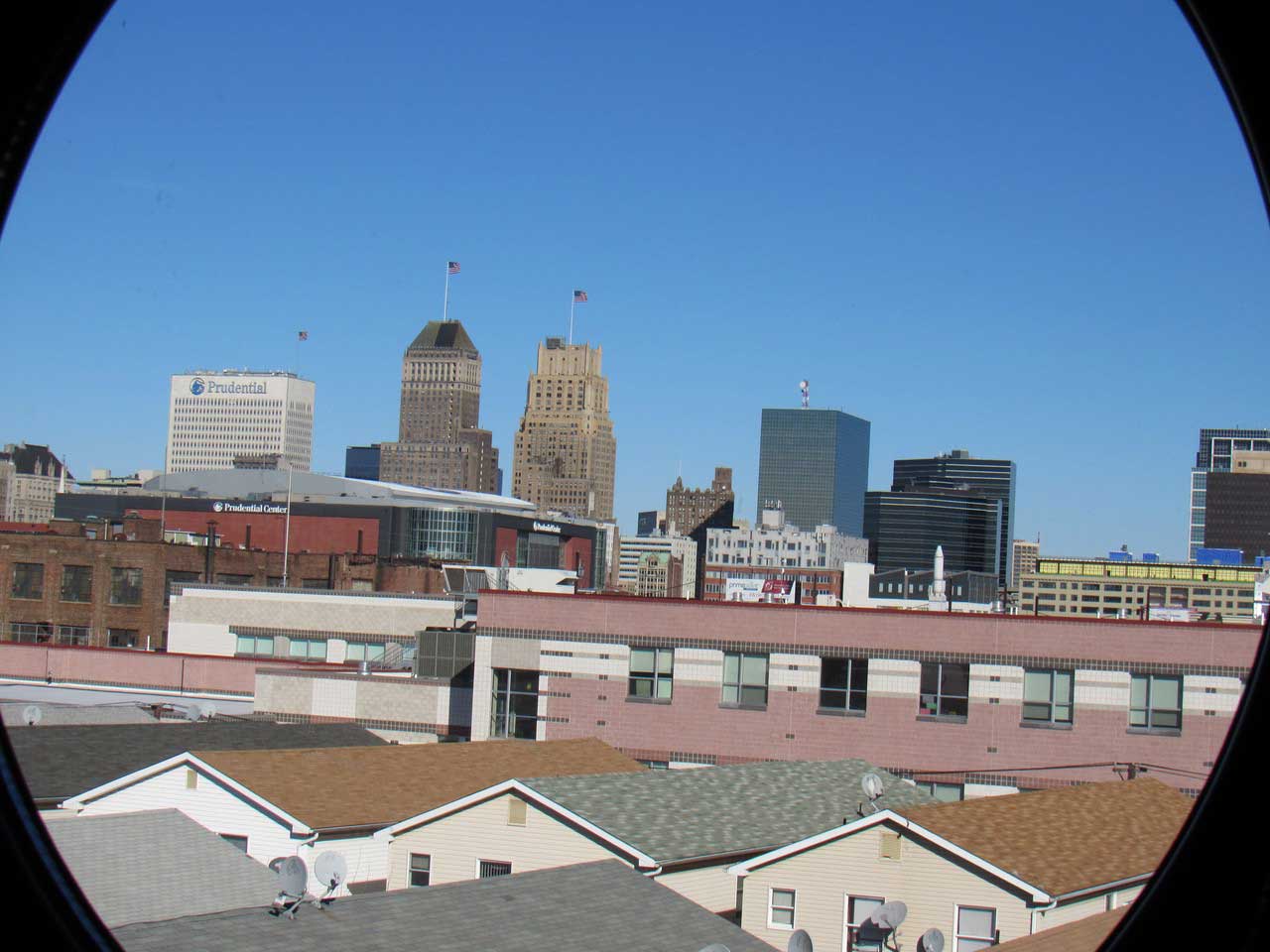
“You will not find this in the Ironbound. You will not find this in Newark. This is something that you would probably find somewhere in SoHo,” Brito told Jersey Digs.
All of the lofts will be market-rate rentals, according to Brito. No units on the premises have been designated as “affordable housing.”

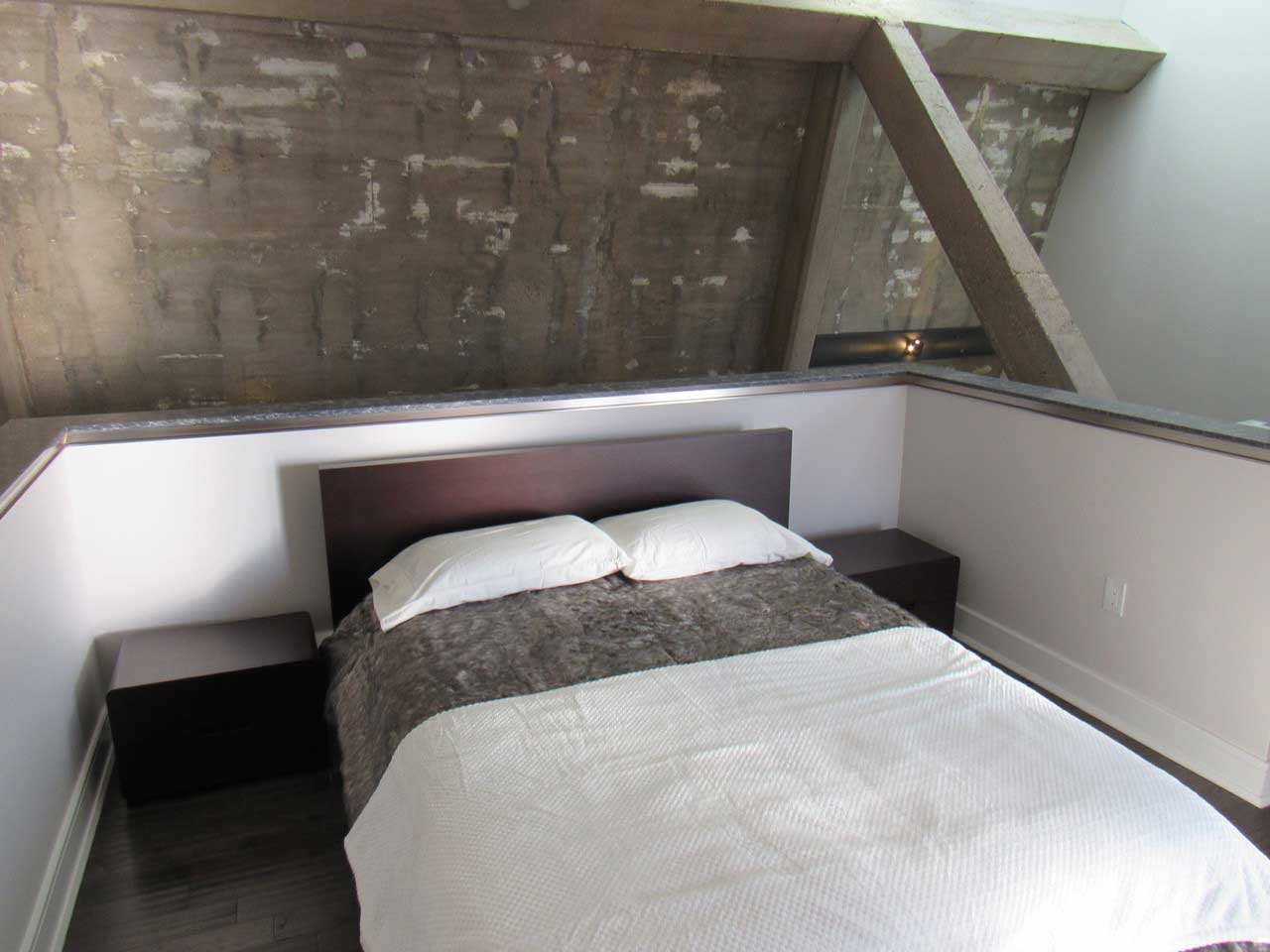
Residents of the lofts will also have access to the property’s courtyard, which includes a gazebo. Inside, there will also be an indoor lounge area with an adjacent patio. A fitness center and a Hub by Amazon locker are planned as well.

A private jitney service for residents will connect the site with Newark Penn Station during the morning and evening rush hours, according to Brito. While such residential shuttle services to transportation hubs have become popular in Hoboken and Jersey City in recent years, they are less common in New Jersey’s largest city. There is also underground and surface parking at the site.
In addition to the residential portion, the project will bring the first retail spaces to this section of the Ironbound. The largest commercial space, located at the corner of McWhorter and Vesey Streets, is expected to house a restaurant, perhaps a steakhouse. Brito stated that one of the smaller retail spaces near the corner of McWhorter and Chestnut Streets is slated to be occupied by an acupuncturist.
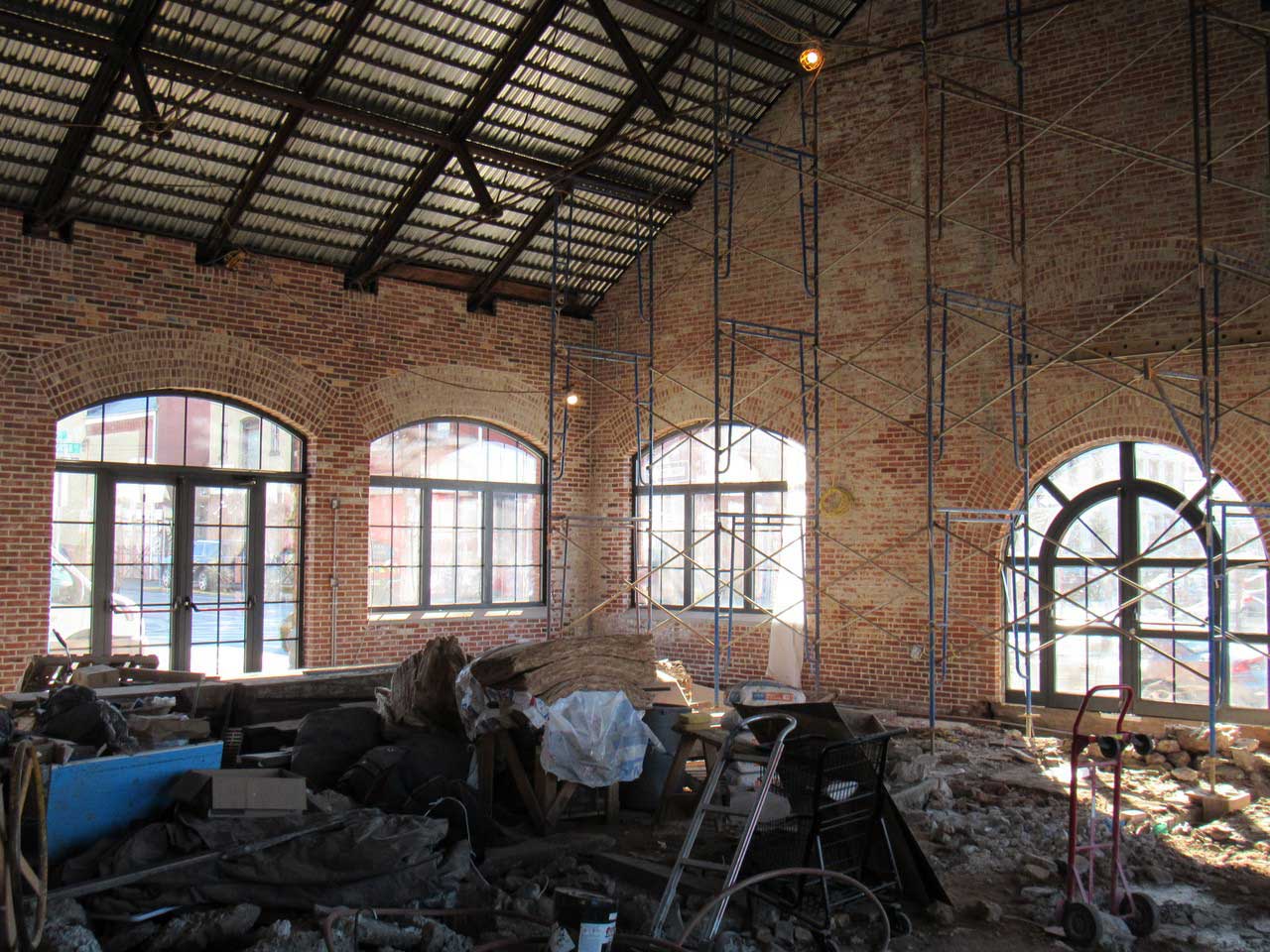
The project was undertaken by local developer Javier Meleiro of F.M. Renaissance, LLC. Signs of the property’s past can still be found nearly everywhere on the premises, including the smokestack and the engravings, advertising the site’s original occupant on the exterior of the main building. There are also photos of how the building once looked when it was still used for industrial purposes below every unit’s apartment number.
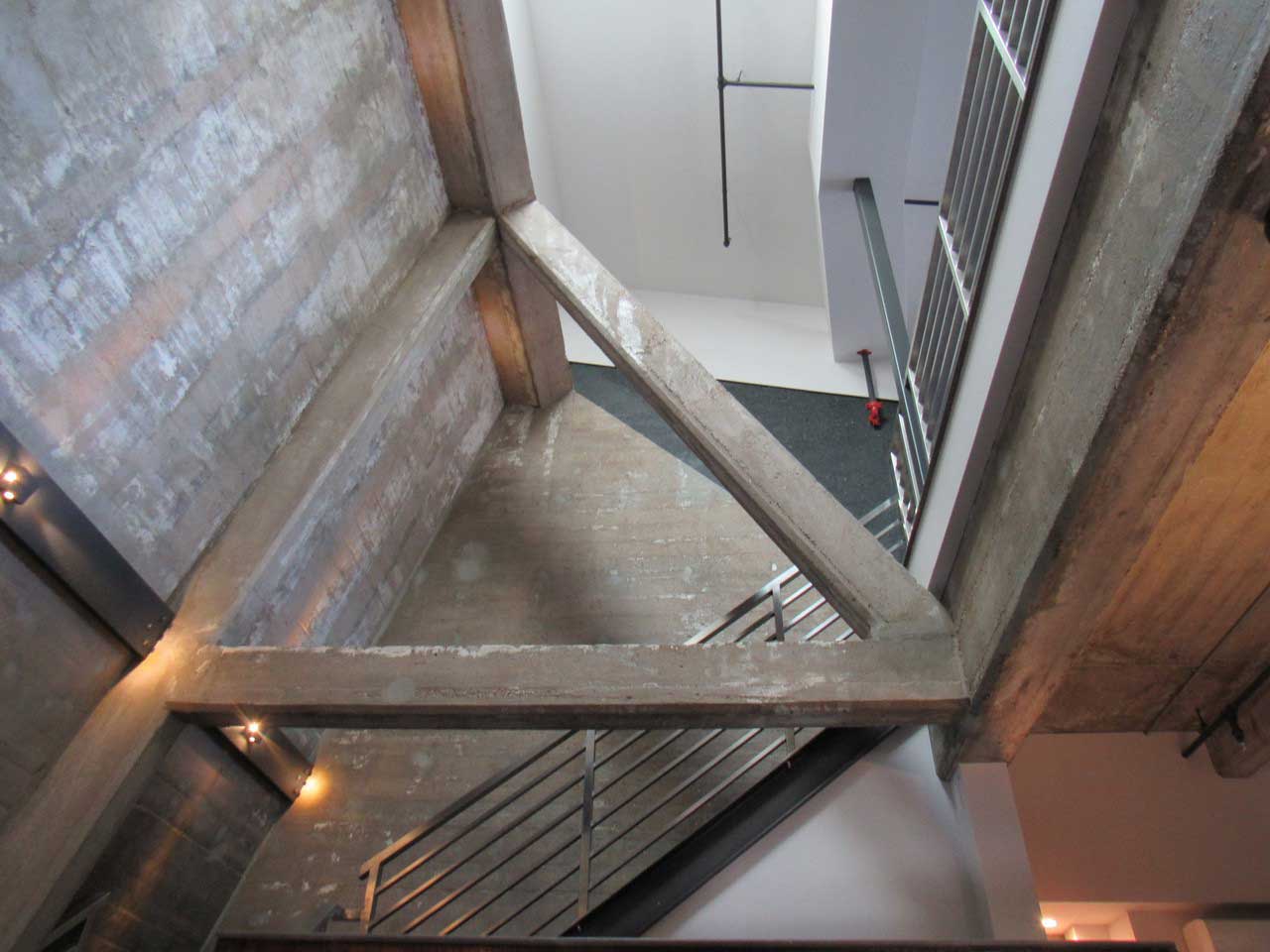
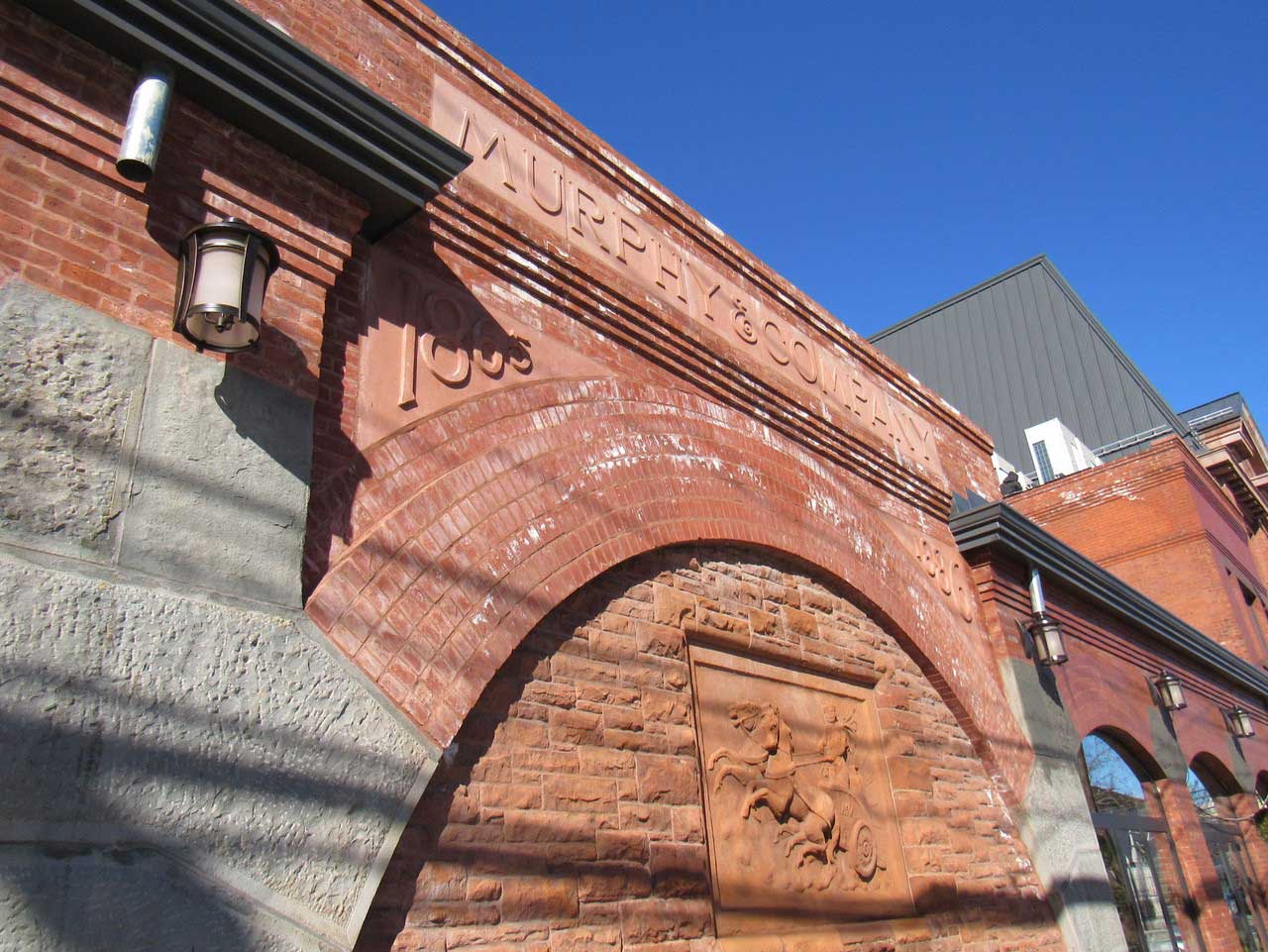
Construction has been underway at the site for over two years. Residents are expected to begin moving into the building in March, according to Brito.


